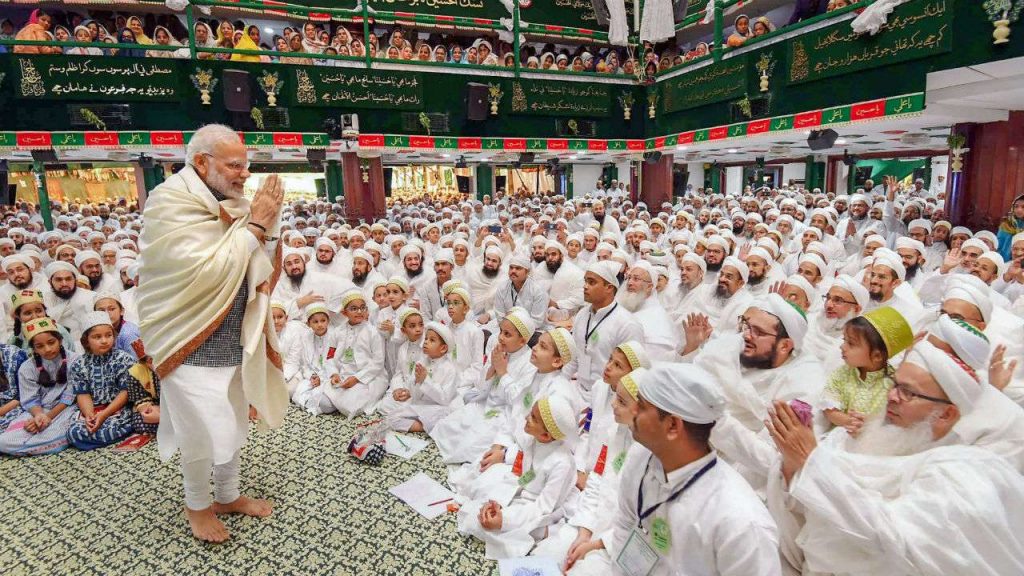Origins of Pilgrimage among Shias
Pilgrimage among Ismailis can be seen as a part of Shia pilgrimage which begins with the story of Karbala, an event largely focused on the sacrifice of bodies and the miracles associated with the martyrs. Stories about his head and its miraculous powers reflect the reverence Shi‘i Muslims have for the Prophet’s grandson. However, the act of pilgrimage may differ in different branches of Shiism. Here, we shall discuss the Ismailis.
Beliefs
The Ismailis anthropocentrism puts men, whose guide and true representative claimed to be the Imam of the Time (Imām-i Zamān), in the center of theological discourse and creates in his image the real source of sanctity and divinity.[1] This concept of sainthood is situated in a strong belief in the Living Imam, who is the descendant of Husayn and the person invested in taking care of the Ismaili community. In addition to foundational texts like the Qur’an, Ismailis follow the teachings of the Aga Khan, the living Imam. To know more about Ismailis you can read our blog post in this regard.
Pilgrimage
Historically, rituals of hajj and visiting tombs of several of the Imams have been considered as pilgrimage among Ismailis. As with other Muslims, pilgrimage practices are often determined by how near one’s community is to tombs and shrines, as well as the teachings followed regarding ziyarat. For example, the Da’udis, a subset of Isma‘ili Shi‘i, are known to “make the hajj pilgrimage to Mecca and pay equal attention to visiting the shrines of the Imams ‘Alī b. Abī Tālib and al-Husayn b. ‘Alī, at Najaf and Karbalā.”[2] There is great diversity in the practices related to pilgrimage among Ismailis, whose communities are found in many places around the world. Visiting the Living Imam is also an important practice for many Ismailis. When the fourty-seventh Imam Aga Ali Shah discouraged physical pilgrimages to tombs, some Ismailis began to focus their pilgrimage practices on didar (glimpse), the physical or mystical “seeing” of the Imam.
Today, not all Ismailis reject shrine pilgrimage in favor of didar, however. The Bohras, a sect of Isma‘ilis primarily found in India (with smaller communities), visit a variety of shrines that include the tombs of the holy five (panjatan pak) and Islamic prophets, Ismaili missionaries, and family members.[3] Bohras are named after their twenty-seventh leader, or dai, Daud bin Qutubshah, and are led by a male class of clerics, although at least four tombs and one shrine containing female saints are part of the network of sites in India visited by Bohra pilgrims.[4] Bohra Isma‘ili pilgrims perform ablutions and rituals that are similar to those seen at other Islamic shrines, including those visited by Twelver Shi‘i. These include being clean, donning a modest garment over one’s clothes, reciting supplications, and touching the shrine in hopes of a blessing.
Reference
Pilgrimage in Islam – Traditional and Modern Practices by Sophia Rose Arjana
[1] Iloliev, “Popular Culture and Religious Metaphor,” p. 62.
[2] Daftary, The Isma’ilis, p. 294.
[3] Ghadially, “Devotional Empowerment,” p. 80.
[4] Ibid., pp. 82–3.
